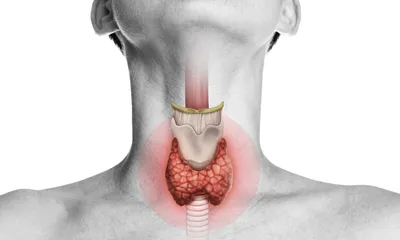Seizures
-
Description
-
Signs & Symptoms
-
Anatomy
-
Cause
-
Diagnosis
What is a Seizure?
A seizure is an uncontrolled burst of electrical activity in the brain that occurs suddenly and results in major changes to the person’s awareness, movement, and sensations plus possibly causing them to lose consciousness. Seizures are not a medical condition on their own but are prominent symptoms of ones like epilepsy or a vascular abnormality or can occur when a specific incident triggers a seizure. There are three different types of seizures – focal onset seizures, generalized onset seizures, and unknown onset seizures.
Generalized onset seizures are the ones that are the greatest cause of debilitation for sufferers and will be most upsetting to witnesses. During clonic or atonic seizures people may have jerky movements of limbs and possibly lose consciousness and/or fall down. Seizures can become worse if the person does not receive treatment for the condition(s) causing them.
What Causes Seizures?
In addition to the medical condition like epilepsy mentioned above, other possible causes for seizures include stroke, brain tumor, liver or kidney failure, head trauma, meningitis or other type of brain infection, brain injury during childbirth, electric shock, fever, and low blood glucose (sugar) levels. Electrolyte imbalances or alcohol/substance withdrawal can also be behind what causes seizures.
There can also be a genetic component to having seizures, and if someone in your family has them it becomes more likely that you will too. There are many psychiatric comorbidities that can present themselves if the cause of a person’s seizures is not addressed, and these include bipolar disorder, schizophrenia, and clinical depression.
Seizure Symptoms
The type of symptoms seen will be different based on the type of seizure, and be either pre-seizure or active seizure symptoms:
Pre-seizure symptoms
- Dizziness
- Headache
- Sudden feelings of fear or anxiousness
- Uneasy feeling in stomach
- Vision changes
- Unsteadiness in arms and legs and inability to hold onto items
- Strong mood changes
Active Seizure
- Drooling or frothing at mouth
- Confusion
- Falling
- Losing consciousness
- Uncontrollable muscle spasm
- Strange taste in mouth
- Clenching teeth or biting tongue
- Sudden, rapid eye movements
- Making unusual noises
- Loss of bladder control or function
Seizure Treatment
The most conventional approach to seizure treatment is to be on a course of medication with ones like Keppra or Topamax. These are anticonvulsant drugs that are formulated to restore brain neurotransmitter balances so that seizures occur less frequently and are less intense when they do start. There are non-medicinal approaches to seizure treatment too, including deep brain stimulation therapy and vagus nerve therapy.
For patients who are not getting good results from medication or these treatments it may be necessary to have brain surgery for seizures, with possibilities being resective surgery, multiple subpial transection therapy, hemispherectomy, and corpus callosotomy. These treatments are usually suggested to people who have severe epileptic seizures.
Signs & Symptoms
- Temporary confusion
- Staring spells
- Uncontrollable jerking movements
- Loss of consciousness or awareness
- Cognitive or emotional symptoms (e.g., fear, anxiety)
- Aura (sensory disturbances)
- Sudden changes in mood or behavior
- Memory lapses
- Visual disturbances
Anatomy
- Brain
- Neurons
- Cerebral cortex
- Hippocampus
- Thalamus
- Limbic system
- Nervous system
- Temporal lobe
- Frontal lobe
Cause
- Genetic factors
- Brain injury
- Infections (e.g., meningitis, encephalitis)
- Stroke
- Tumors
- Metabolic disturbances
- Drug or alcohol abuse
- Fever (in children)
- Withdrawal from medications
- Sleep deprivation
- Stress
- Electrolyte imbalances
Diagnosis
- Medical history review
- Neurological examination
- Electroencephalogram (EEG)
- MRI
- CT scan
- Blood tests
- Lumbar puncture (spinal tap)
- PET scan
- Single-photon emission computerized tomography (SPECT)
- Genetic testing
- Neuropsychological tests



